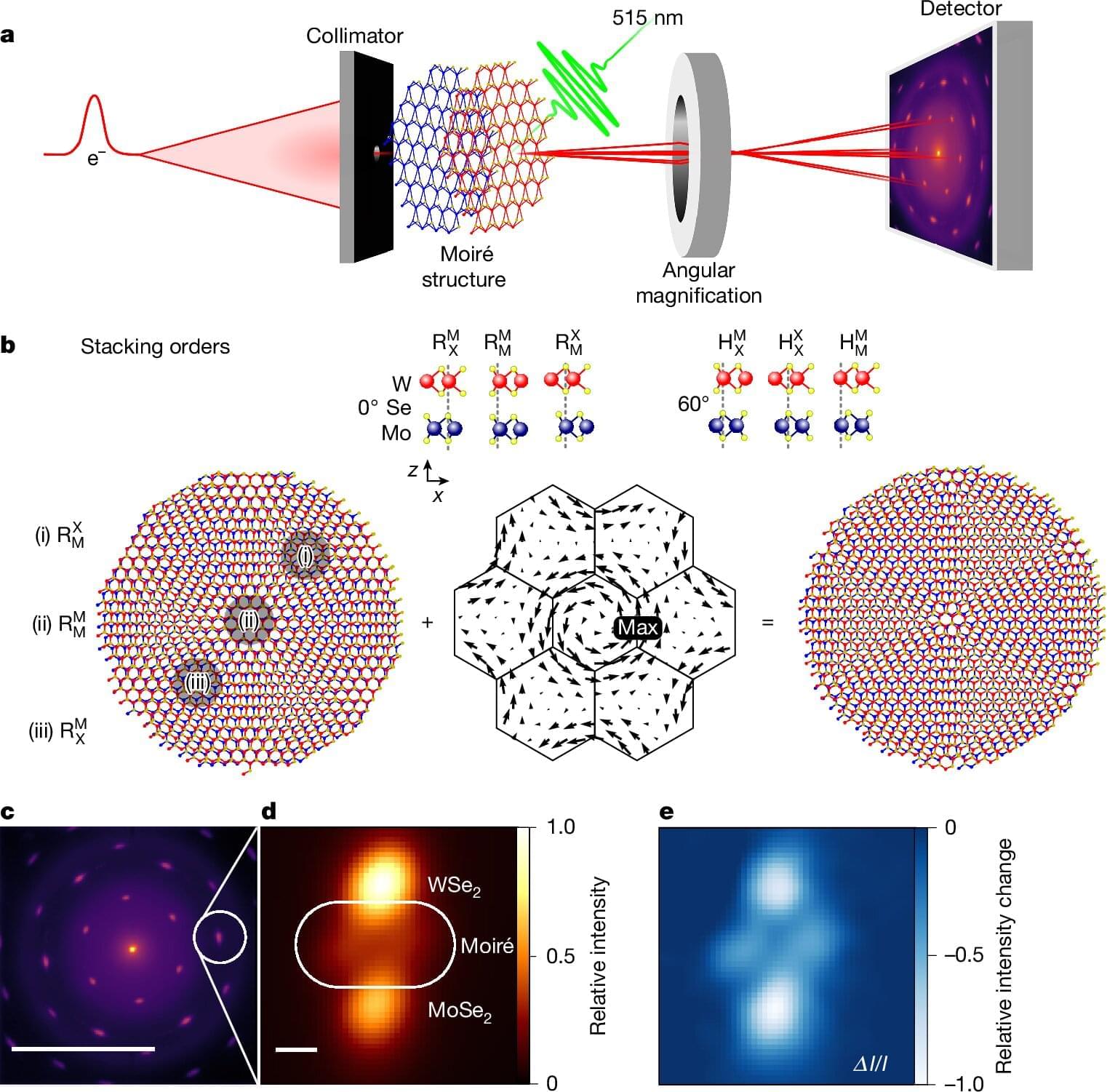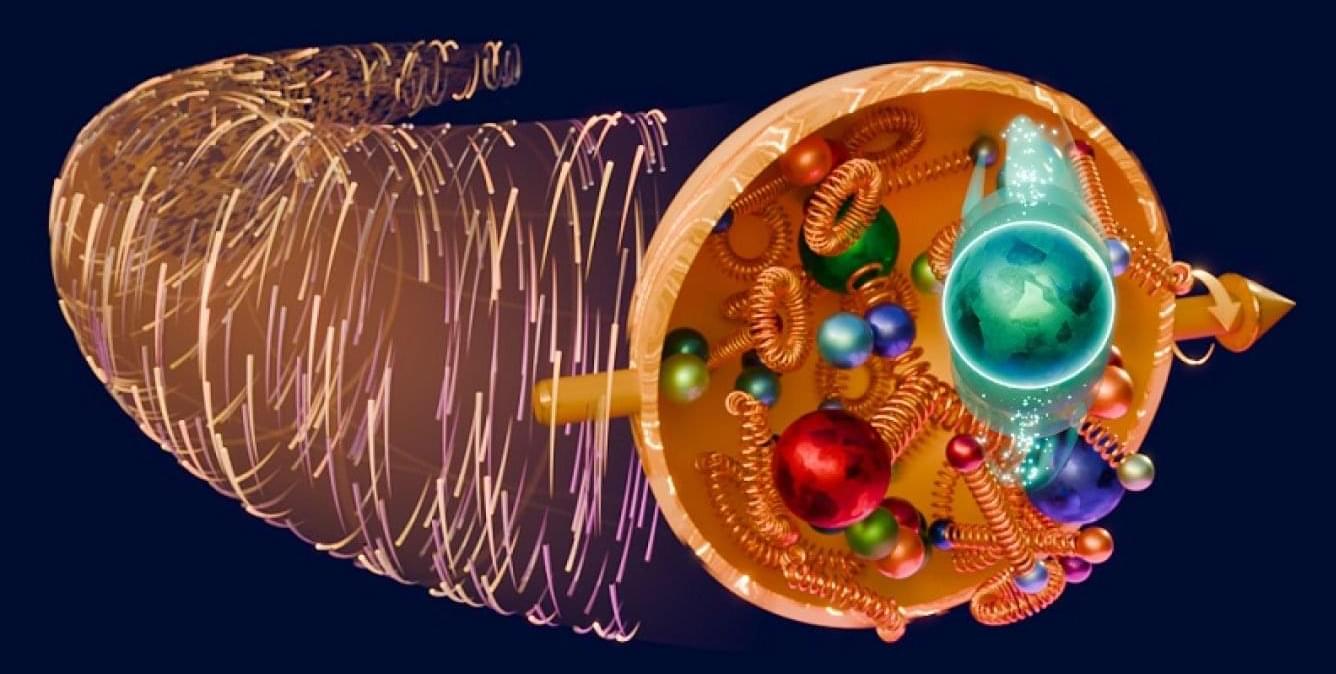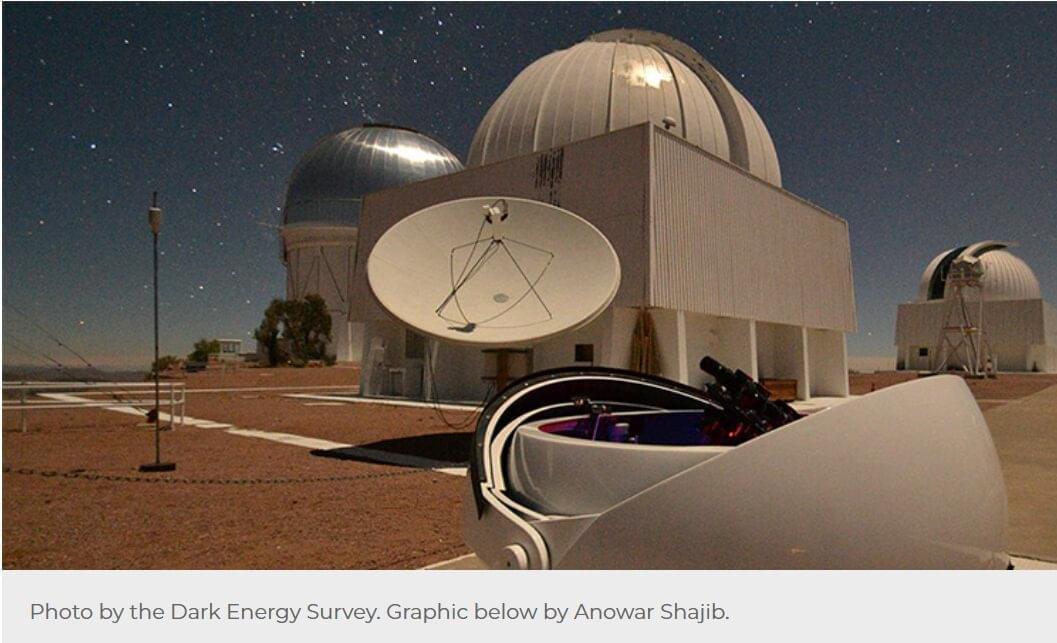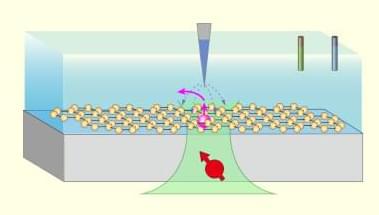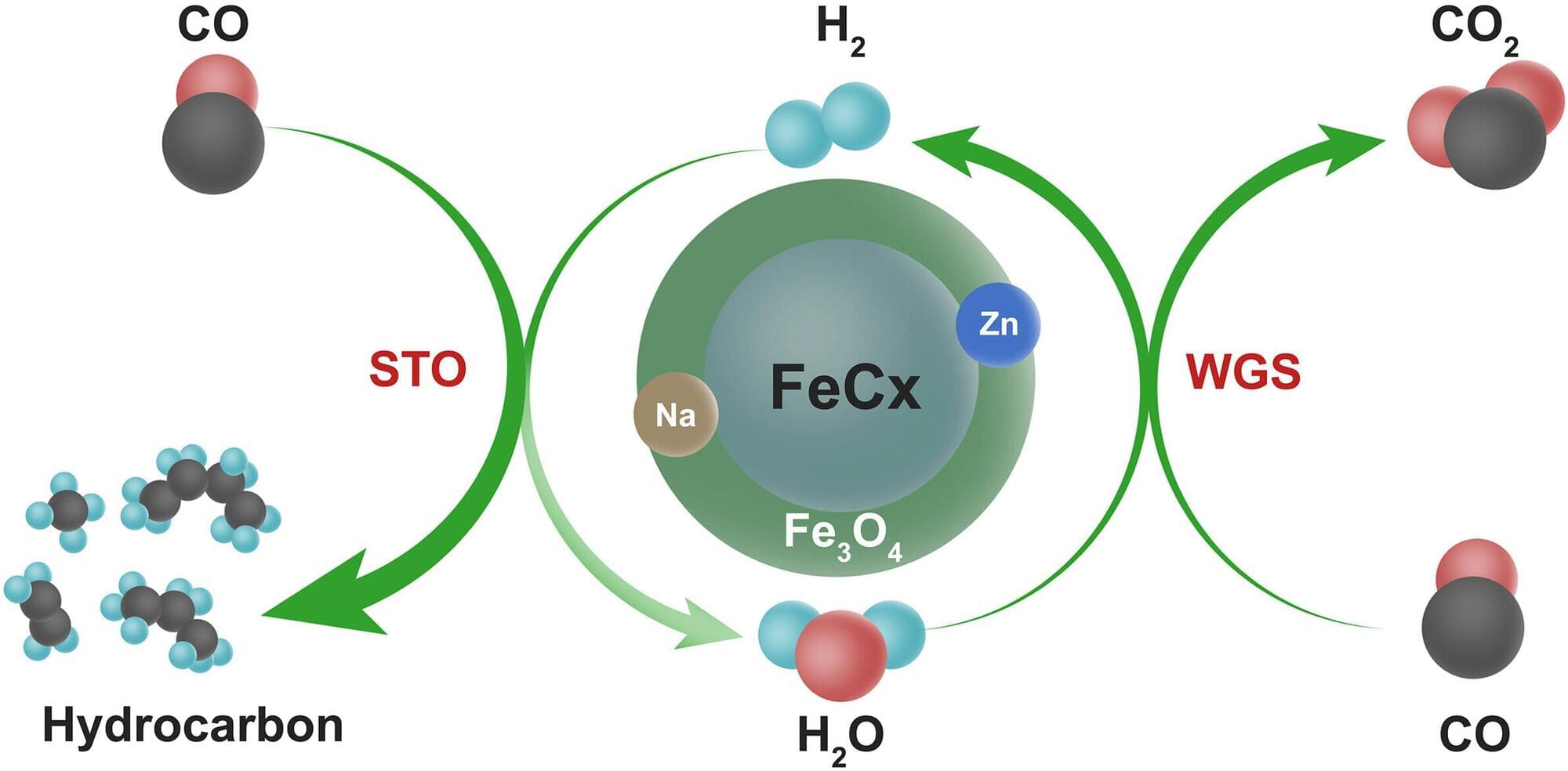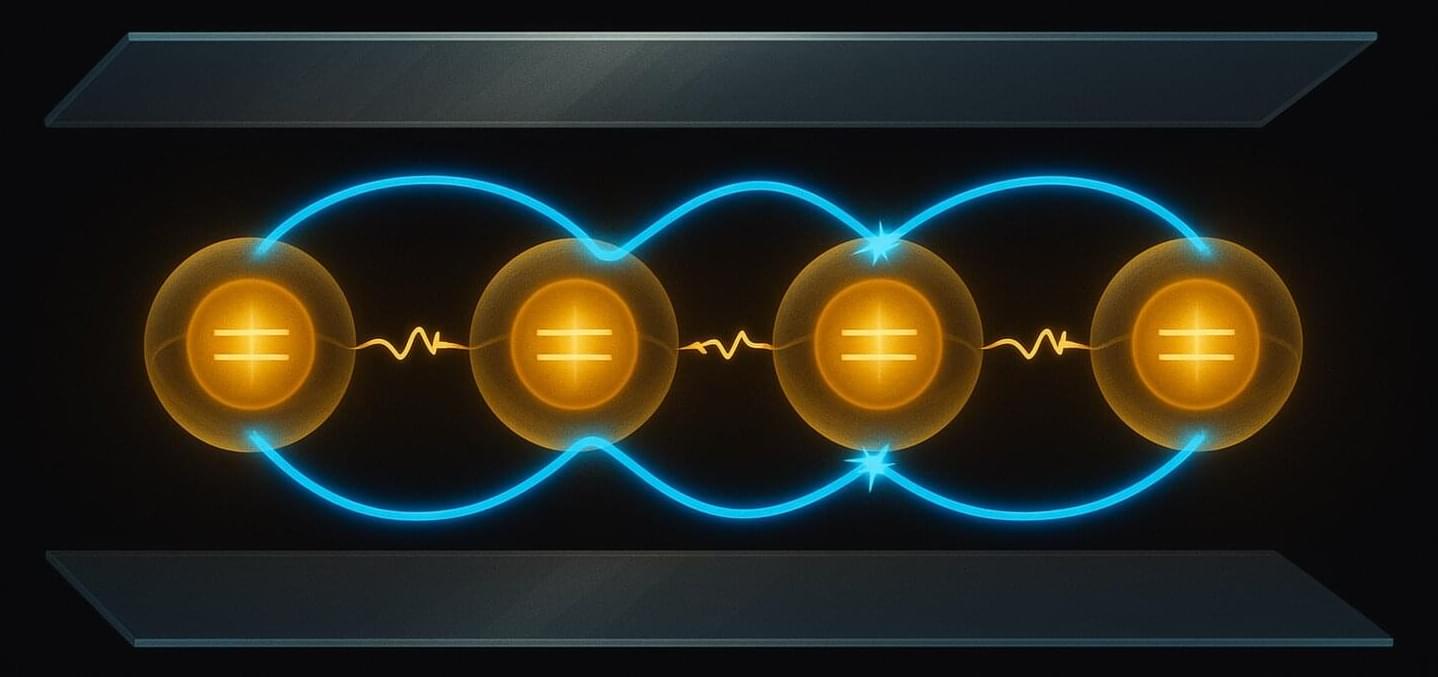In 1980, Stephen Hawking gave his first lecture as Lucasian Professor at the University of Cambridge. The lecture was called “Is the end in sight for theoretical physics?”
Hawking, who later became my Ph.D. supervisor, predicted that a theory of everything—uniting the clashing branches of general relativity, which describes the universe on large scales, and quantum mechanics, which rules the microcosmos of atoms and particles— might be discovered by the end of the 20th century.
Forty-five years later, there is still no definitive theory of everything. The main candidate is string theory, a framework that describes all forces and particles including gravity. String theory proposes that the building blocks of nature are not point-like particles like quarks (which make up particles in the atomic nucleus) but vibrating strings.

